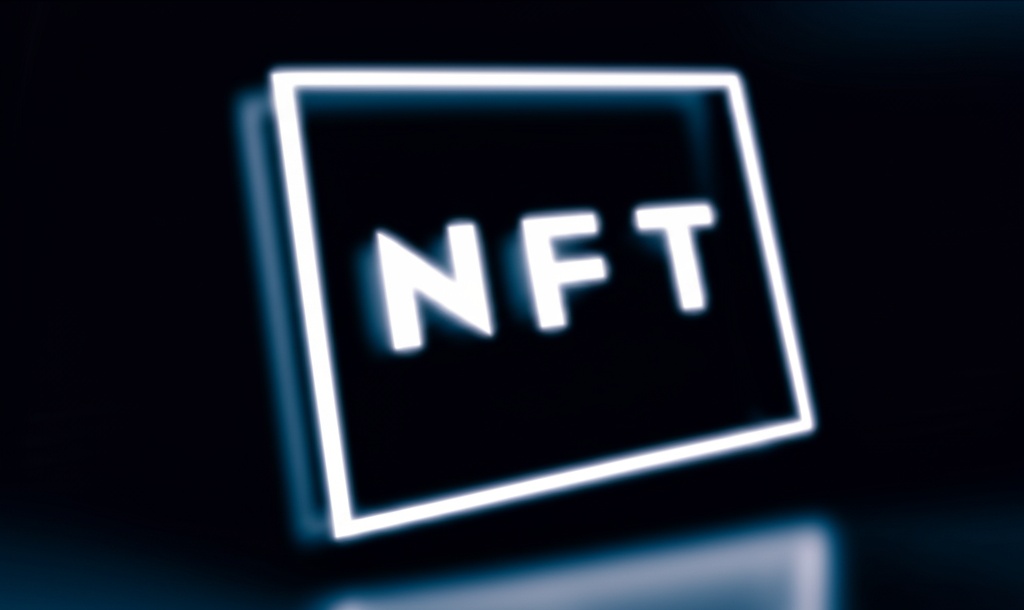2021 is where everyone was talking about NFTs and it seemed like the next big thing. Fast forward to 2025 and people are speculating on whether NFTs can ever reclaim their past glory.

There was truly a time when a digital image of a monkey (Bored Apes collection) fetched thousands of dollars in ETH, however, now they are just out of the crypto scene.
Read this article to find out what are NFTs, why they became so popular, and how to make them yourself! Ever since it went mainstream in 2021, everyone from digital artists to celebrities to football clubs has hopped on the NFT train. Read on to learn all about NFTs and why they’re so popular!
What is an NFT?
NFTs stand for “Non-Fungible Tokens”. If an object is fungible, it’s easily traded with another item of the same value. For example, fiat currency is fungible because you can trade a $20 bill with another $20 bill, which will still have the same value.
In contrast, you cannot easily exchange non-fungible items. For example, while the Mona Lisa and Starry Night are both paintings, they don’t have the same value and cannot be traded.
NFTs are pieces of data attached to a digital asset (e.g., pictures, music, or videos) that act as proof of ownership of that asset. While the asset can be copied and saved by others, you’re the rightful owner of that digital asset.
Most NFTs are one-of-a-kind items – the Bored Ape Yacht Club (BAYC) generative NFT collection is a good example. The collection consists of 10,000 ape pictures, and none of them are exactly the same. The fact that there’s only one copy of each ape in existence is what makes them valuable.
While NFTs have been around since 2014, they truly exploded in 2021, thanks to big pushes from celebrities and sports figures. Endorsements from celebrities like Grimes and Matt Damon, as well as the success of NBA Top Shot, propelled NFTs into the mainstream. Since then, more and more people have flocked to NFTs (even making their own) to capitalize on the boom.
How do NFTs work?
NFTs exist on a blockchain, a public digital ledger that records transactions. While most NFTs are recorded on the Ethereum blockchain, some are hosted on alternative blockchains like Solana and Polygon.
Creating an NFT is called minting. It involves attaching a digital certificate to the piece of art and registering it on the blockchain. The digital certificate confirms your ownership of the art and records the NFT’s transaction history. If you buy an NFT from someone else, you can see all of its previous owners in the digital certificate.
Similar to Bitcoin and other cryptocurrencies, you “store” NFTs in a digital wallet. Unlike physical wallets that hold money, digital wallets provide access to the NFTs recorded on the blockchain.
What are NFTs used for?
NFTs are primarily used to signify ownership of digital assets and prevent fraud. But thanks to developments in the field, there are many other ways to use NFTs, like:
- Certificates of ownership
- Digital collectibles
- Investment vehicles
- Real estate documents
- Video game items
Important platforms in the NFT space
The NFT space is more than just digital artwork and marketplaces. With more industries and players coming in, the NFT space is ever-expanding. Here are some common platforms you’ll find in the NFT space:
- NFT marketplaces
- NFT launchpads
- Metaverse
How To Create An NFT?
Now that what have the answer to ‘what is an NFT’, we can see that creating NFTs in crypto is a relatively simple process. All you need is your favorite creative software, artistic talent, and crypto in your wallet.
Here’s how to make an NFT in six easy steps:
For more detailed information, check out our full guide on how to create an NFT.
Ways To Promote Your NFT
Now that your NFT is uploaded to the marketplace, you must promote it so people want to buy it. Some of the best NFTs also have the best marketing teams behind them. Here are some of the best marketing methods to promote your NFT:
Are NFTs dead?
It is true that NFTs experienced explosive growth in 2021, but the hype has truly faded in 2025, where only a handful of crypto bros talk about them. Back then the true meaning of NFTs was more of a status symbol than just trading it on the NFT marketplaces. Digital art collections like Bored Ape Yacht Club, and others were publicly shared on live TV and promises were made of their long-term viability.
But referring to NFTs as “dead” would be premature. By 2025, NFTs encompass more than simply digital art and collectibles. The emphasis has switched to real-world uses, with sectors including virtual real estate, gaming, and intellectual property adopting NFTs to generate value outside of the speculative frenzy. With the development of blockchain technology, NFTs are becoming instruments for digital ownership, asset tokenization, and even decentralized identity verification.
2025 decline of NFTs
The dominance of CryptoPunks has diminished as newer initiatives have surfaced and pushed the limits of what NFTs may represent, even though they are still largely recognized as the original digital collectible and retain major cultural importance. The next stage of NFTs is now being defined by projects like CloneX, Azuki, and Pudgy Penguins, which go beyond the speculative art scene and include community-driven experiences, metaverse integration, and real-world application.
In order to ensure sustained involvement, Pudgy Penguins, for instance, has had success growing its brand through tangible goods and experiences for holders. Creating a community-driven environment with cross-platform connectivity has helped Azuki gain traction, while RTFKT Studios’ CloneX has solidified its position in the digital and physical worlds by using partnerships with well-known companies.
Although the original excitement surrounding NFTs has subsided, the fundamental technology is still thriving. NFTs are increasingly regarded as essential elements of a larger, more sustainable digital economy; it’s no longer simply about the fast flip or speculative value. These projects now concentrate on creating distinctive digital experiences, fostering real-world relationships, and enhancing communities in order to bring value.
FAQs
How do I buy NFTs?
You can buy NFTs by going to NFT exchanges like OpenSea, Rarible, and SuperRare. Register an account, browse the selection, and buy NFT pieces that catch your eye.
What content can be made into NFTs?
Any type of digital content can be made into NFTs, including images, music, videos, or even funny tweets. However, you need to legally own the content before turning it into an NFT.
Where can you mint NFTs?
You can mint NFTs on NFT trading platforms by uploading your art and paying gas fees.


